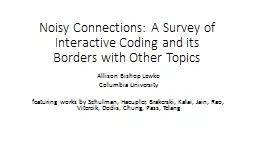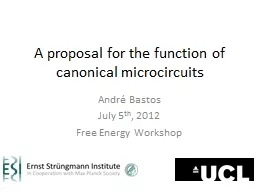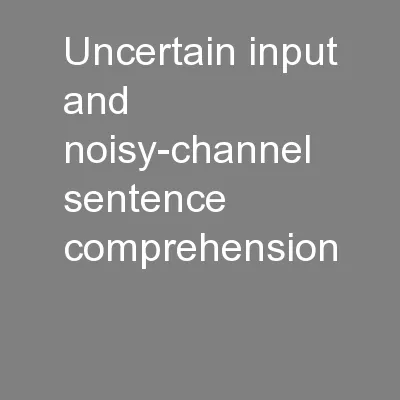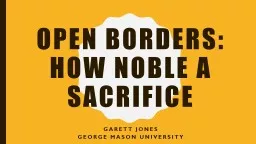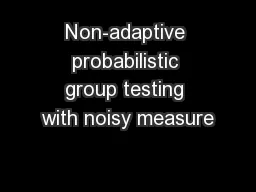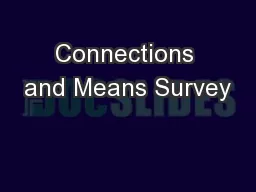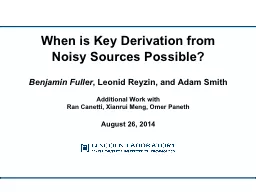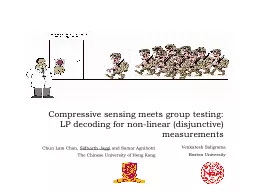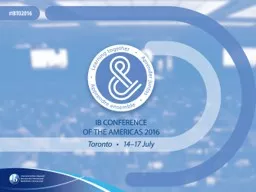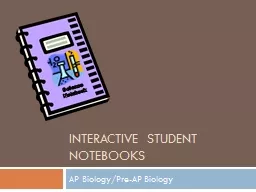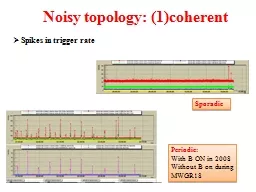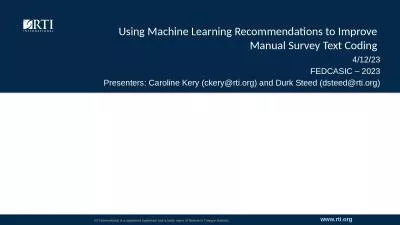PPT-Noisy Connections: A Survey of Interactive Coding and its Borders with Other Topics
Author : natalia-silvester | Published Date : 2018-03-14
Allison Bishop Lewko Columbia University featuring works by Schulman Haeupler Brakerski Kalai Jain Rao Vitercik Dodis Chung Pass Telang TwoParty Computation
Presentation Embed Code
Download Presentation
Download Presentation The PPT/PDF document "Noisy Connections: A Survey of Interacti..." is the property of its rightful owner. Permission is granted to download and print the materials on this website for personal, non-commercial use only, and to display it on your personal computer provided you do not modify the materials and that you retain all copyright notices contained in the materials. By downloading content from our website, you accept the terms of this agreement.
Noisy Connections: A Survey of Interactive Coding and its Borders with Other Topics: Transcript
Download Rules Of Document
"Noisy Connections: A Survey of Interactive Coding and its Borders with Other Topics"The content belongs to its owner. You may download and print it for personal use, without modification, and keep all copyright notices. By downloading, you agree to these terms.
Related Documents

